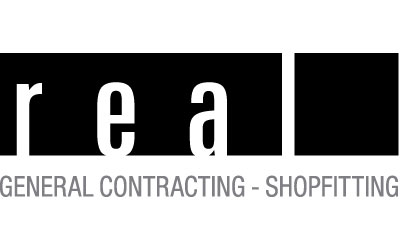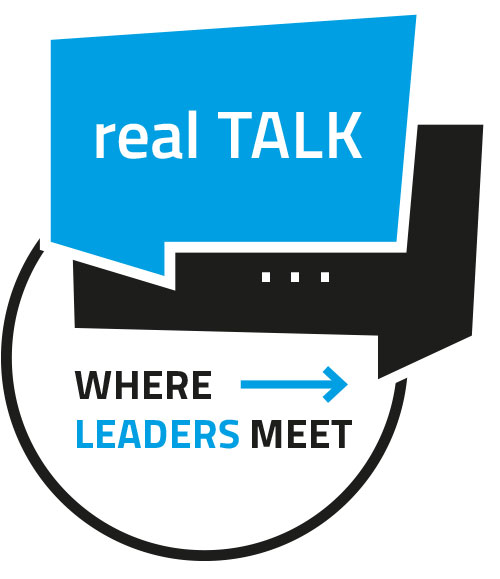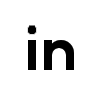How can companies secure their future viability? Decisions about the future are always uncertain and challenging. There is always the risk that external circumstances such as crises or natural disasters will suddenly throw all plans out of kilter. In order to achieve hazard competence, organizations must create a structural environment that is both designed to let hazards approach and to make risk-laden decisions.
Managing for the future is constantly about choosing between a hazard strategy and a risk strategy. A company’s hazard competence is optimized by allowing both strategies to coexist and thus contribute to the optimal management of the future.
Dangers vs. risks
So what is the difference between the two strategies? In the case of a hazard, the affected person is passively exposed to external circumstances. There is nothing left to do but wait and hope that everything will go well. A risk, on the other hand, results from a decision that has been made, which can go wrong, but could also result in success. This is the basis for the two possible strategies of future management.
Hazard strategy
If a team follows the hazard strategy, it will do nothing until an unforeseen event occurs in the present. Then there is an urgent need for action: free resources must be mobilized immediately in order to react competently. This causes a company to react purposefully to the facts of the present. Of course, there is the risk to react too late or to be left behind by the competition.
Risk strategy
In the risk strategy, on the other hand, future-oriented action strategies are designed on the basis of future scenarios. If the strategy succeeds, a clear competitive advantage is created through the targeted promotion of innovations and the realignment of business areas. However, in the case of other developments, high bad investments have been made and there might not be enough left to react to the alternative events of the present. It should be noted that the future always holds surprises and even the best analyses are always subjective and not infallible.
Developing Hazard Competence
Neither strategy is perfect. And although they are mutually exclusive, the best way to manage the future is a healthy mix of both strategies in conscious coexistence. Hazard competence is the ability to allow regulation and openness at the same time and to react correctly according to the situation. Being open to environmental signals and reacting to them in time is essential.
A company with hazard competence makes process loops. A wide range of alternatives is thus available. This is drawn on when it becomes necessary. The pool of alternatives can be collected by recording discarded ideas and saving them for the future. In addition, the existing should always be critically scrutinized and constantly optimized. Furthermore, one-sided structures must be solved and routine structures must be constantly questioned. Different goals and preferences should always be tolerated in order to enable the highest possible level of efficiency through healthy discourse. New perspectives emerge especially when working together in an interdisciplinary team characterized by diversity. Therefore, a high level of trust should be placed in them.
No one can predict the future. That’s why wrong decisions are nothing unusual. Instead of looking for someone to blame after the fact, companies can act proactively and face the future in a hazard-competent manner through innovation and optimism.
Image Copyright: Anna Nekrashevich




